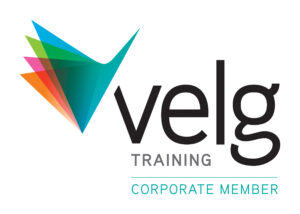How much do Hoist Operators earn?
Hoist operators are in high demand on many building sites across Australia. If you’re considering a career as a hoist operator, you’ll need the right skills and knowledge to get you there – but most of all you’ll want to know if the job pays well!
What does a hoist operator do?
Hoist operators are in charge of operating stationary and mobile cranes, hoists, lifts and winches, helping to shift and place materials, equipment and people on job sites throughout the country.
How much do hoist operators get paid?
The average weekly pay for hoist operators in Australia is around $2500 before tax, according to the Australian Bureau of Statistics.
90% of people working in hoist operator roles work full time, averaging up to 50 hours per week.
Is being a hoist operator a good job?
If you enjoy working outdoors and in an active, physical job, you will be well suited to a career as a hoist operator. This role can sometimes demand long hours in challenging weather, but many people prefer this to being stuck in an office all day.
Hoist operators need to be strong, capable and work well with their teammates to ensure projects run smoothly. And with building and infrastructure projects taking off in Australia, there are good prospects for employment in the near future.
What do I need to work as a hoist operator?
Mechanical aptitude
If you’ve got an active interest in machines and tools, and a mechanical mindset, you’re probably a good candidate for a job as a hoist operator.
Teamwork
Working well with others is an important skill for hoist operators too: your workmates will rely on you to work safely on site and be able to follow instructions and procedures to ensure nobody gets hurt.
Mindset
The right skills and training are only part of the story: having a positive attitude is always looked at favourably by employers, so having a mindset that can help you enjoy the challenges of working on a construction site will help you progress in your career.
The necessary training
One of the most important things you’ll need to work as a hoist operator is the right qualifications. You’ll need to get a high risk work licence (HRW) specifically in hoist skills, and you’ll need a white card if you’re going to be working on a construction site.
Dogging and rigging pathway
Some people start out with a dogging ticket which trains you in how to safely sling loads with lifting gear and direct the hoist operator to move the load when it’s out of their field of view, typically using a whistle.
Once you’re skilled in dogging, you can apply for a basic rigging licence with future opportunities to complete intermediate and advanced rigging courses. A basic rigging license will enable you to work as a hoist operator, as well as erecting and dismantling the actual hoist equipment.
The other, more direct route into becoming a hoist operator is by taking a specific hoist operator course.
Going directly to a hoist operator ticket
A HP ticket is a specialist hoist operator course that runs over a few days and teaches you how to safely operate a builders hoist or a personnel & materials hoist.
This could be a cantilevered hoist, tower hoist or winch in which people or goods are transported on site. You’ll learn how to safely lift loads and passengers to the safe working rated capacity of the hoist, and work within a team to get the job done.
When you’ve successfully completed the course you’ll receive a licence to operate either a materials hoist, or a personnel and materials hoist.
The next step is to use this statement to apply for your HRW or high-risk work permit through your local workplace safety authority.
Find out more about how to get a high risk hoist licence here.
More information about high-risk licenses for scaffold work
To find out more about basic, intermediate and advanced scaffolding courses or any other construction tickets, give our team a call or email us for further information.




